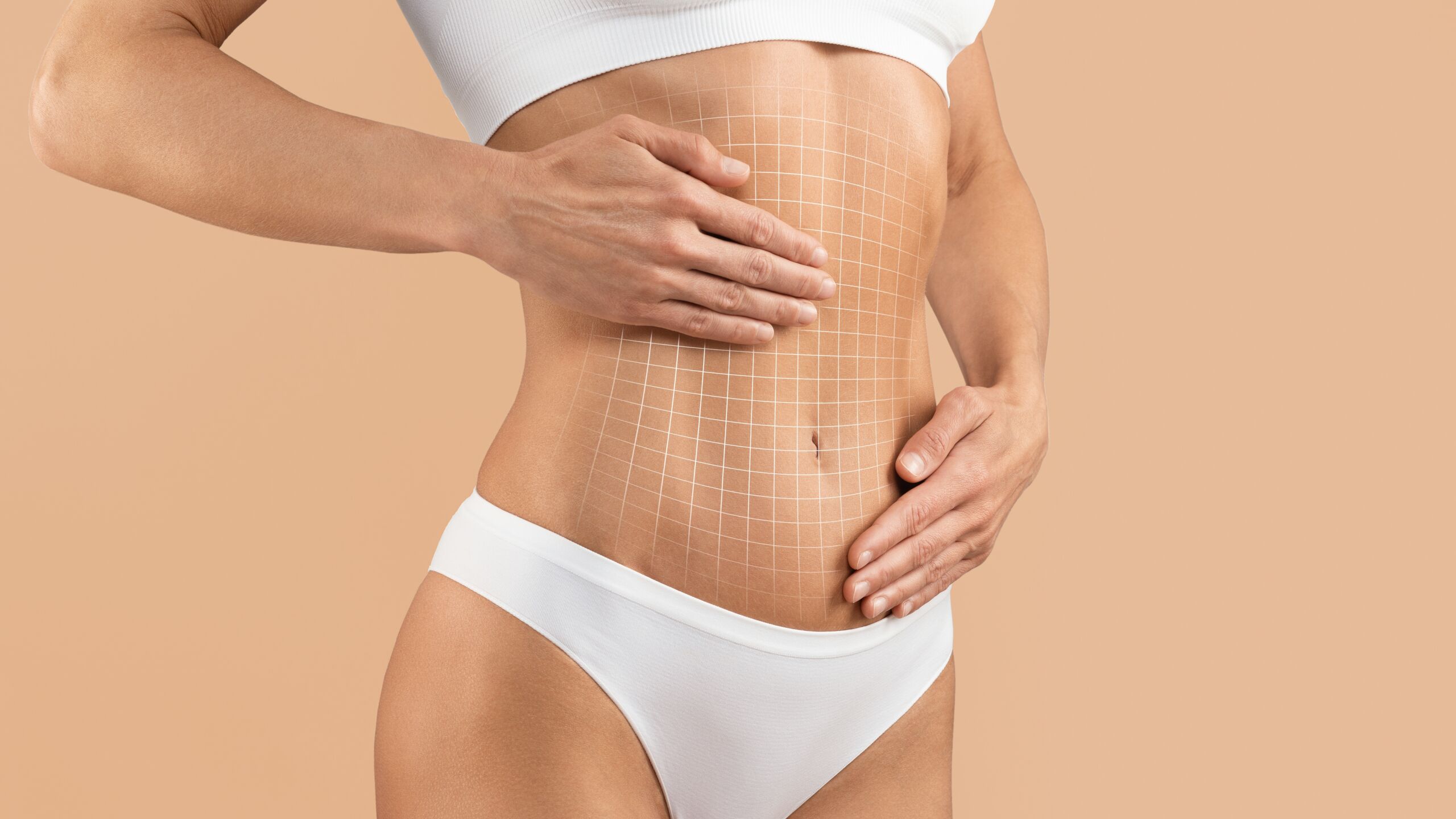WHAT IS AN ARM LIFT?
An arm lift, also known as brachioplasty, is a cosmetic surgery designed to trim and tighten excess sagging skin and fat in the upper arms. This surgery aims to improve the appearance and contour of the arms by removing loose or hanging skin, tightening the underlying tissues, and reducing excess fat. These procedures will benefit individuals who have experienced significant weight loss, aging, or hereditary traits that have resulted in “bat/bingo wings” or flabby arms.
WHAT IS A THIGH LIFT?
A thigh lift, medically known as a thighplasty, is a surgical procedure intended to reshape the thighs by removing excess skin and fat. This cosmetic surgery can address sagging skin on the inner and/or outer thighs, resulting in a smoother and more toned appearance. Like arm lifts, many people seek thigh lifts because they have lost significant weight or wish to combat the effects of aging or genetics that lead to drooping, loose thigh skin.

COMMON REASONS PEOPLE CONSIDER an arm lifta thigh lift
WHAT AN ARM + THIGH LIFT WON’T DO
Arm and thigh lifts are not weight loss procedures. They contour and remove excess skin and fat but do not result in significant weight reduction. If you want to lose weight, your doctor may ask you to achieve your goal weight and maintain it for several months before proceeding with an arm or thigh lift.
Furthermore, arm and thigh lifts are not a replacement for a healthy lifestyle, like exercising regularly and eating a balanced diet. To maintain optimal surgery results, you should adopt a healthy lifestyle.
Lastly, these procedures should improve the skin’s overall appearance but do not effectively treat cellulite. They primarily address excess skin and fat. Instead, nonsurgical treatments, like laser resurfacing, can reduce the appearance of cellulite over time.
Instead, nonsurgical treatments, like laser resurfacing, can reduce the appearance of cellulite over time.
PREPARING FOR YOUR ARM + THIGH LIFT IN NASHVILLE
Here are some of the tasks you can expect as you prepare for your arm or thigh lift surgery:
- Before the procedure, you will meet with board-certified plastic surgeon Dr. Garza to discuss your goals, medical history, and the procedure. He will see if you are a suitable candidate and explain the process in detail.
- Your surgeon will assess your overall health and may require certain medical tests to ensure you’re a suitable candidate for the procedure.
- Your surgeon may recommend lifestyle changes such as quitting smoking, adjusting medications, or achieving a stable weight before the procedure.
Your surgeon will also provide specific preoperative instructions, including fasting requirements and what to wear on the day of surgery.
For an outpatient surgery, arrange for someone to pick you up and drive you home afterward.
ARM + THIGH LIFT RECOVERY
After the procedure, you must wear compression garments to minimize swelling and aid healing. However, you should expect some discomfort, swelling, and bruising.
Full recovery can take several weeks. During recovery, you should avoid strenuous activities, heavy lifting, and vigorous exercise for several weeks after surgery to prevent straining the arms or thighs.
Incorporate light walking and gentle movements to promote circulation and reduce the risk of blood clots.
Generally, you can gradually resume normal activities after a few weeks. However, always follow your surgeon’s post-operative care instructions.
Dr. Garza, a board-certified plastic surgeon, will give you specific instructions post-surgery:
- How to care for the surgical site and drains
- Medications to apply or take orally to aid healing and reduce the potential for infection
- Specific concerns to look for at the surgical site or in your general health
- When to follow up
He will answer questions such as:
- Will I have dressings/bandages after surgery?
- When will they be removed?
- When will the stitches be removed?
- How will I bathe?
- How long will I wear the pressure garment?
- When can I resume normal activity and exercise?
- When do I return for follow-up care?
- Will I have scarring?
WHAT IS THE COST OF AN ARM LIFT IN NASHVILLE?
The cost of an arm lift procedure can vary widely based on factors such as the surgeon’s experience, geographic location, facility fees, anesthesia costs, and the extent of surgery required.
You should consider not only the financial aspect but also the qualifications and reputation of the surgeon when making this decision. The cheaper surgeon may end up costing you more in the long run.
Patients should consult with their surgeon to obtain a personalized cost estimate and discuss payment options.
Of course, we want you to feel comfortable in your skin without worrying about money. So, we have affordable financing options available for all our patients.
WHAT IS THE COST OF A THIGH LIFT IN NASHVILLE?
The cost of a thigh lift is generally similar to the cost of an arm lift. Of course, different factors will affect the overall cost. The best way to find out how much the procedure will cost you is to consult with your plastic surgeon and request a personalized quote. Any price you find on the internet is a blanketed average and will likely not be the cost for your surgery.
ARM + THIGH LIFT TERMS
Board-certified surgeon: A surgeon who has met specific educational and training requirements and is certified by a recognized medical board in plastic surgery.
Brachioplasty: Medical term for an arm lift procedure, which involves reshaping and tightening the upper arms.
Thighplasty: Medical term for a thigh lift procedure, which involves reshaping and tightening the thighs.
Liposuction: Also called lipoplasty or suction lipectomy, this procedure removes excess fat from specific areas of the body using a suction device.
Fat Grafting: The transfer of harvested fat from one part of the body to another.
Excess Skin: Loose or sagging skin that may result from weight loss, aging, or other factors.
Compression Garments: Specialized clothing worn post-surgery to reduce swelling and promote proper healing.
Anesthesia: Medications administered to control pain and consciousness during surgery. Common types include general anesthesia, local anesthesia, and regional anesthesia.
Hematoma: Blood pooling beneath the skin.
Intravenous Sedation: Sedatives administered by injection into a vein to help you relax.
Sutures: Stitches used by surgeons to hold skin and tissue together.
Hematoma: Blood pooling beneath the skin.
Seroma: A fluid buildup in the body’s tissues, which can occur after surgery.




